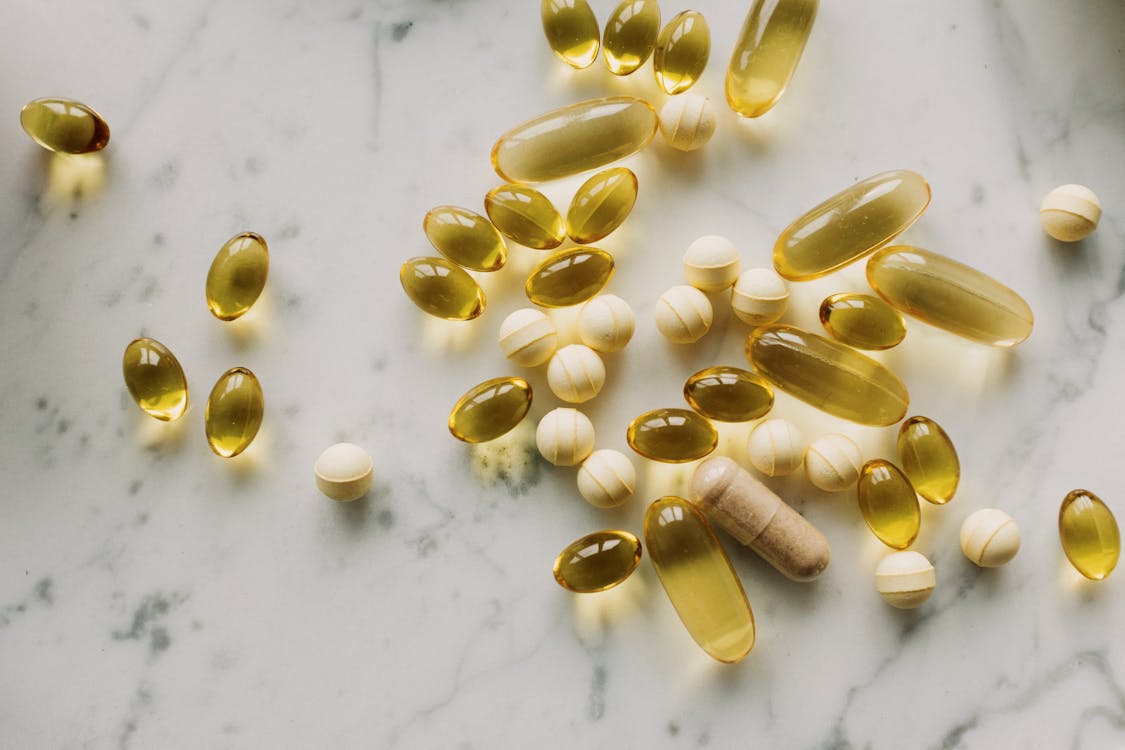
How Can Autistic Children Improve The Symptoms
Milk and dairy products are a staple in the human diet, and ruminant animals like cows, buffaloes, sheep, and goats are the traditional providers. However, several alternatives to cow’s milk exist, each with its own unique flavor profile, set of health benefits, and nutritional profile that is worth exploring.
In the desert, camel milk is still widely drunk, and its popularity is rapidly expanding into urban areas because of its high nutrient density and low-fat content. Camel milk and other camel dairy products have been proven to have sustained desert-based pastoral and nomadic cultures for centuries. Another common application is in the treatment of youngsters diagnosed with autism. Let’s delve into this matter more.
Why use camel milk therapy on autistic children?
Healthcare practitioners claim that increased quantities of reactive oxygen species (ROS) are to blame for many of autism’s symptoms.
Highly reactive oxygen species (ROS) are a normal component of human cells. Cancer and autoimmune disorders are just two of the illnesses that have been associated with elevated ROS levels. The levels of reactive oxygen species (ROS) can be lowered with the use of antioxidants.
1. Antioxidants abound in camel milk
Supporters of camel milk claim that the anti-oxidants in camel milk in the UK help reduce ROS levels in autistic youngsters. They argue that doing so reduces autistic symptoms in kids.
While excess ROS has been linked to many diseases, including cancer, this has not been linked to the case of autism.
Furthermore, there is zero evidence that camel milk can ameliorate autism symptoms.
2. Various Proteins Found in Camels’ Milk
Reports put the amount of total protein in a serving of camel milk protein powder at between 2.9 and 4.9 grams. Both caseins and whey proteins can be detected in camel milk. Proteins like these play multiple roles and are essential components of camel milk. Camel milk has a wide variety of amino acids, including the four essential ones – glycine, lysine, valine, and threonine. Camel milk’s most prominent proteins are whey proteins, which also contain albumin, immunoglobulins, lactoferrin, and other vital proteins.
3. Camel milk’s basic necessities
Dromedary camel milk has a fat content between 1.2 and 6.4 percent. You won’t find many short-chain fatty acids in camel milk, but you will find plenty of long-chain fatty acids. Camel milk is rich in linoleic acid and other essential fatty acids like omega-3 and omega-6.

The total amount of lactose found in camel products is also included in the goodness of camel milk. Camel milk powder contains many vitamins, both fat- and water-soluble, such as vitamins A, E, D, and B, and vitamin C. Particularly plentiful in camel milk are the minerals calcium and potassium.
Researchers found the following fatty acid percentages in camel milk fat:
- Oleic acid: 38.9
- Palmitic acid: 29.3
- Linoleic acid: 3.8
- Butyric acid: 2.1
- Caprylic acid: 0.6
- Caproic acid: 0.9
- Myristic acid: 7.3
- Lauric acid: 4.6
- Capric acid: 1.4
- Stearic acid: 11.1
Conclusion
Oxidative stress has been implicated in the pathophysiology of a wide range of neurological illnesses, including autism spectrum disorder (ASD). These results perform a pathophysiological function for GSH and other antioxidant enzymes in autistic people.
Plants, animals, fungi, and even some bacteria and archaea produce GSH, an antioxidant. When considering camel milk’s function, it becomes clear that the substance may have therapeutic effects on autism. The current study aims to evaluate the potential benefits of camel milk powder for treating autism in children. As a result, raw camel milk at Desert Farms plays an important role in mitigating the harmful effects of free radicals.
